Table of content
Cooking a perfect bowl of white rice may seem like a simple task, but it requires a delicate balance of ingredients, technique, and patience. Rice, a staple food for over half of the world’s population, is more than just a filler; it’s a canvas for countless culinary creations. From the fragrant aroma that fills the kitchen to the satisfying texture under your teeth, a well-cooked bowl of rice can elevate any meal. In this guide, we’ll delve into the nuances of how to cook a perfect bowl of white rice, exploring various methods, tips, and tricks that will help you master this fundamental skill.
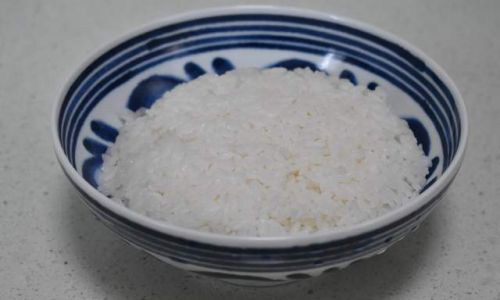
Understanding Rice Varieties
Before diving into the cooking process, it’s crucial to understand the different types of rice available. Each variety has its unique characteristics that influence the final texture and flavor.
-
Long-Grain Rice: Known for its slender grains that remain separate after cooking, long-grain rice is ideal for dishes like pilafs and fried rice. Varieties include basmati, jasmine, and American long-grain rice.
-
Medium-Grain Rice: These grains are shorter and slightly wider, with a tendency to stick together when cooked. Medium-grain rice is perfect for risotto and paella. Arborio rice, commonly used in risotto, is a medium-grain variety.
-
Short-Grain Rice: With the shortest and widest grains, short-grain rice becomes very sticky when cooked, making it ideal for sushi and mochi. Japanese short-grain rice, also known as shinmai, is a popular choice.
-
Parboiled Rice: This type of rice undergoes a pre-cooking process that partially cooks the grains before drying them. Parboiled rice has a firmer texture and a nutty flavor, making it suitable for dishes that require a firmer grain.
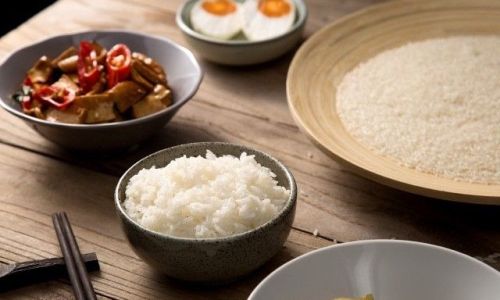
-
Brown Rice: Though not traditionally considered “white rice,” brown rice is the whole grain version of white rice, retaining the bran and germ. It has a nutty flavor and chewier texture, requiring longer cooking times.
Choosing the Right Cooking Method
There are several methods to cook rice, each yielding slightly different results. The most common methods include absorption, boiling, steaming, and using a rice cooker.
Absorption Method
This is the most traditional and widely used method for cooking white rice. It involves cooking the rice in a specific ratio of water, which is then absorbed by the grains as they cook.
- Ratio: Generally, use 1 cup of rice to 2 cups of water for long-grain and medium-grain rice. Short-grain rice may require slightly less water, around 1.75 cups per cup of rice.
- Steps:
- Rinse the rice under cold water until the water runs clear to remove excess starch.
- Place the rinsed rice and water in a saucepan with a tight-fitting lid.
- Bring the mixture to a boil over medium-high heat.
- Once boiling, reduce the heat to the lowest setting possible (often called a simmer or “keep warm” setting on modern stovetops) and cover the pan.
- Let the rice cook undisturbed for about 15-20 minutes, or until all the water is absorbed.
- Remove the pan from heat and let it sit, covered, for an additional 5-10 minutes to allow the grains to finish absorbing any remaining moisture and steam.
- Fluff the rice with a fork before serving to separate the grains.
Boiling Method
This method is less common but useful for larger batches or when you want to cook rice quickly.
- Ratio: Use the same ratio of rice to water as in the absorption method.
- Steps:
- Bring a large pot of water to a boil.
- Add the rinsed rice and cook until tender, usually around 10-15 minutes depending on the rice type.
- Drain the rice thoroughly in a colander.
- Return the drained rice to the empty pot (or a clean one), cover, and let it sit for 5-10 minutes to steam and finish cooking.
- Fluff with a fork before serving.
Steaming Method
Steaming rice is a healthier alternative as it doesn’t require boiling in water, preserving more nutrients.
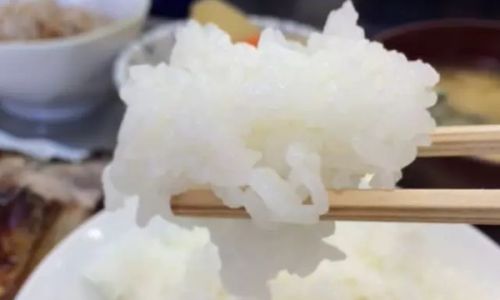
- Equipment: A steamer basket or a rice steamer.
- Ratio: Use 1 cup of rice to 1.5-2 cups of water in the steaming pot.
- Steps:
- Bring water to a boil in the bottom of a steamer or a pot with a steaming rack.
- Place the rinsed rice in a heatproof bowl or the steamer basket.
- Cover and steam for about 20-30 minutes, depending on the rice type and the steamer’s efficiency.
- Check for doneness by tasting a grain; it should be tender but not mushy.
- Fluff with a fork and serve.
Rice Cooker Method
Rice cookers simplify the process, ensuring consistent results with minimal effort.
- Steps:
- Measure the rice and water according to the rice cooker’s manual or the absorption method ratio.
- Rinse the rice and place it in the rice cooker pot.
- Add the measured water.
- Close and lock the lid.
- Turn on the rice cooker and let it do its job. Modern rice cookers often have settings for different types of rice, so use the appropriate one if available.
- Once the rice cooker switches to “keep warm” mode, let the rice sit for an additional 5-10 minutes before fluffing and serving.
Tips for Perfect Rice
- Quality Ingredients: Start with fresh, high-quality rice. Old rice can become stale and lose its flavor.
- Rinsing: Always rinse rice to remove surface starch, which can make the cooked grains sticky.
- Water Temperature: Using cold water for rinsing and cooking helps to maintain a consistent cooking temperature.
- Pot Selection: A heavy-bottomed pot distributes heat evenly, preventing hot spots that can burn the rice.
- Don’t Peek: Opening the lid during cooking releases steam, which can disrupt the cooking process and make the rice sticky.
- Resting: Letting the cooked rice rest, covered, allows the grains to finish absorbing moisture and steam, resulting in a fluffier texture.
- Storage: Once cooked, store rice in an airtight container in the refrigerator. Reheat gently to avoid drying out.
Conclusion
Cooking a perfect bowl of white rice is an art that combines science and intuition. By understanding the different rice varieties, choosing the right cooking method, and following these tips, you can achieve consistently delicious results. Whether you’re preparing a simple family dinner or a gourmet multi-course meal, a perfectly cooked bowl of rice is a foundation that elevates every dish. So, next time you reach for that bag of rice, remember: with a little knowledge and practice, you too can master the art of cooking a perfect bowl of white rice.
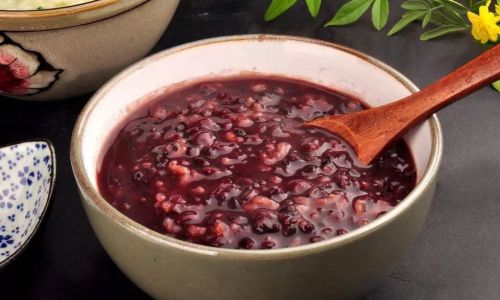
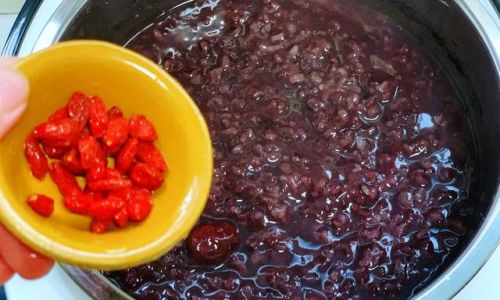

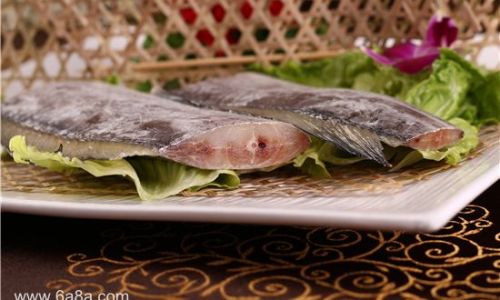
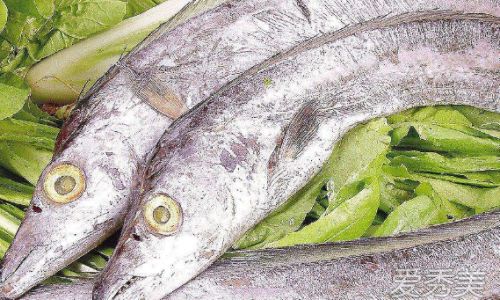
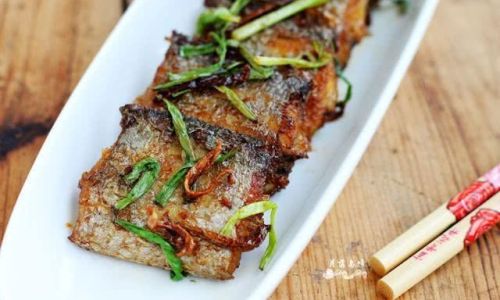
0 comments